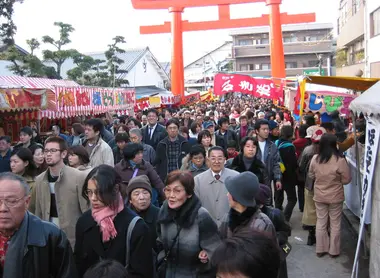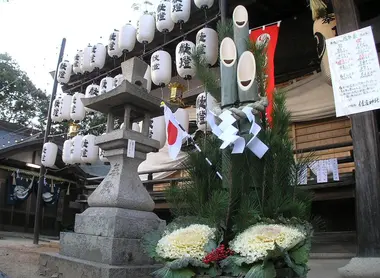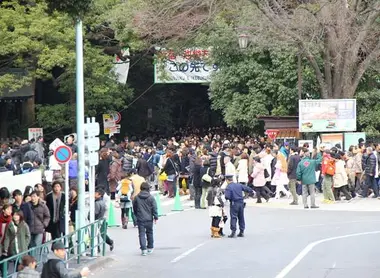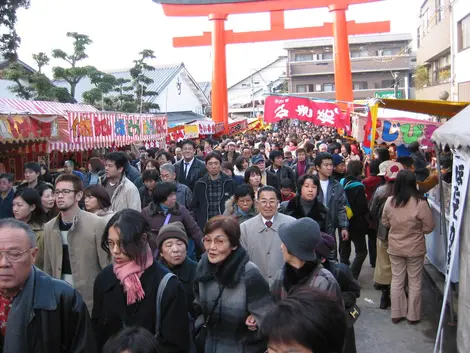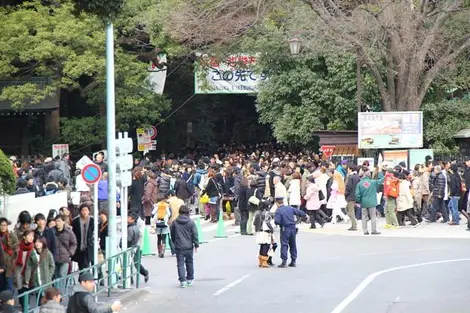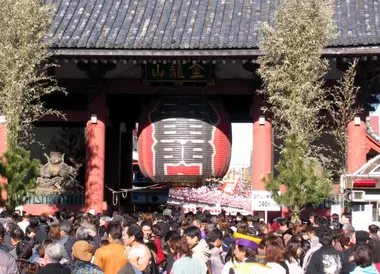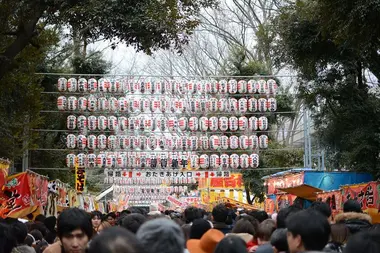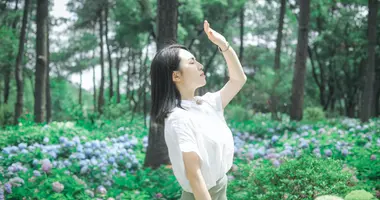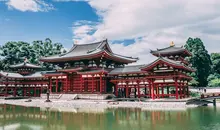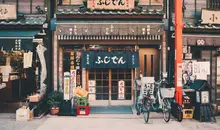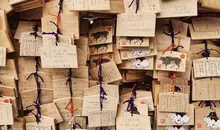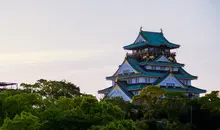Hatsumode, the Japanese New Year tradition
- Published on : 17/01/2024
- by : J.L.
- Youtube
The hatsumode (初詣) is the first visit of the year to a Buddhist temple or Shinto shrine. This ancient and very popular tradition in Japan takes place mainly during the first 3 days of January. The Japanese visit sacred places with family and friends to pray, make offerings and buy good luck charms, in a festive and warm atmosphere despite the cold winter weather.
Origins and evolution of the hatsumode tradition
Hatsumode has its origins in the Edo period (1603-1868). At the time, the Japanese were accustomed to visiting a shrine on the first day of the year, in the direction considered to bring good luck according to Chinese astrology. This custom, known as ehomairi, continued until the end of the Meiji era (1868-1912). With the development of transportation, people began to visit the most famous temples and shrines, wherever they were located. In the 1950s, the hatsumode period was extended into the day and evening, until midnight, to accommodate new lifestyles.
Where to practice hatsumode? Temples and shrines not to be missed
Japan's most popular shrines and temples attract millions of visitors during hatsumode. Among the most popular are Tokyo's Meiji-Jingu shrine, which welcomes over 3 million people, Kyoto's Fushimi-Inari temple with its thousands of vermilion torii (2.7 million visitors), the Narita-San shrine near Tokyo airport (3 million) and the Sensô-Ji temple in Asakusa in the heart of the capital (2.8 million). Tokyo's famous Kanda-Myojin shrine even offers visitors sake to warm up the atmosphere!
What to do during hatsumode Activities and rituals
After purifying their hands and mouths at the temizu fountain, visitors come to pray in front of the main building of the temple or shrine. They make a silver offering (saisen) in the wooden box, then pull on a large rope to ring the bell. You must then bow twice, clap your hands twice, say a silent prayer and bow one last time. Various good-luck items can then be purchased: omikuji (predictions), omamori (amulets), hamaya (arrows), ema (wooden plates). Children also often receive an envelope with money. In the aisles, numerous stands offer snacks: oden, yakisoba, takoyaki, grilled meats... The atmosphere is festive!
How to pray and behave in a temple or sanctuary during the hatsumode?
In a Shinto shrine, the order of steps must be respected: bow before crossing the torii, wash hands and mouth with temizuya, put a coin in the box, shake the bell if there is one, bow twice, clap hands twice, pray and bow one last time. In a Buddhist temple, there's no need to clap. You can, however, burn incense to purify yourself before prayer. In general, it's important not to walk in the middle of the aisles, but to walk to the sides, to be quiet and respectful.
Omikuji, ofuda and omamori: New Year's talismans and predictions
The Japanese are fond of omikuji, strips of paper that foretell fortune in love, work, health... They are drawn randomly from a box, sometimes with numbered sticks. If the prediction is wrong, they are hung on a metal structure or tree to ward off fate. Omamori, on the other hand, are small protective amulets to be hung from a bag. They are available for every wish: success at school, health, love, childbirth, driving... Last but not least, ofuda are long wooden plates for display in the home to protect the hearth.
Atmosphere and culinary specialities during hatsumode
Hatsumode is an opportunity to enjoy special New Year dishes. These include ozoni, a broth with vegetables and mochi (rice cake), osechi ryori, an assortment of traditional dishes in lacquered boxes, and toso, a medicinal sake believed to bring good health. Numerous stalls set up near the temples also sell sweet and savoury snacks to satisfy small hungers. Children are particularly fond of love apples and other colorful sweets. All in a joyous atmosphere, lulled by the tinkling of bells and the hubbub of families who have come in large numbers to share this moment of fervor and conviviality, despite the cold weather at the start of the year.
